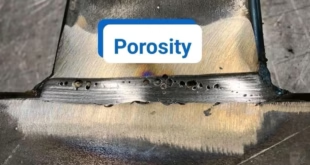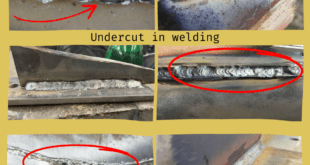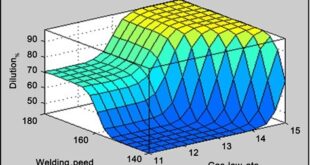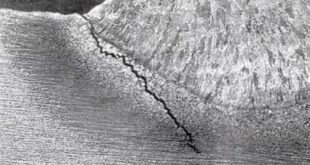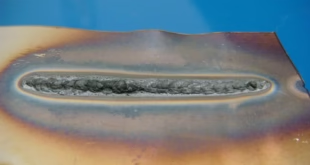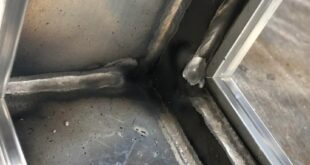MIG Settings by Thickness (MIG Settings Chart & Tuning Guide) Getting MIG (GMAW) settings right begins with metal thickness. Thickness determines the transfer mode you can use, the wire size you should load, the gas you should choose, and—ultimately—the voltage and wire feed speed (WFS) that give sound fusion without …
Read More »Acceptable Porosity
How Much Porosity Is Acceptable in a Weld? Porosity is like the tiny potholes of the welding world — small, hidden, and sometimes harmless, but in the wrong spot or quantity, they can cause catastrophic failure. So, how much porosity is too much? The answer isn’t a one-size-fits-all — it …
Read More »Acceptance Criteria for Undercut
Understanding Acceptable Welding Undercut and Its Acceptance Criteria Welding undercut is a groove melted into the base metal adjacent to the weld toe that isn’t filled with weld metal. While some degree of undercut may seem minor, excessive or poorly formed undercut can reduce fatigue life, create stress risers, and …
Read More »Blowholes
Understanding Blowholes in Welding: Causes, Prevention, and Inspection In the world of welding, we encounter various challenges. Welding isn’t just about melting metal; it’s about creating strong, reliable joints that meet specific standards. However, imperfections known as welding defects can arise, which may compromise the integrity, strength, and appearance of …
Read More »Weld Metal Dilution
Weld Metal Dilution Rate When you’re laying down a weld, there’s a quiet chemistry dance happening under the hood—the weld metal dilution rate. It might not sound too flashy at first, but trust me, understanding weld dilution can make or break your weld’s quality, strength, and life span. What is …
Read More »Chevron Cracking
What is Chevron Cracking in Welding? Welding is a fascinating process that binds metals together, but like any technical procedure, it’s not without its challenges. One such challenge is Chevron Cracking, a defect that can compromise the strength and integrity of welded joints. But what exactly is Chevron Cracking, and how …
Read More »Sugaring In Stainless Steel
What Is Sugaring in Stainless Steel? What Does Sugaring Mean? Sugaring is a common term in welding that refers to the rough, oxidized surface that forms on stainless steel when it is exposed to oxygen during high-temperature processes, like welding. This grainy, sugar-like appearance usually forms on the underside of …
Read More »Infrared Thermography Testing
Infrared Thermography Testing – NDT Inspection Infrared Thermography Testing (IRT) is a powerful method in the realm of Non-Destructive Testing (NDT) used to evaluate materials, components, or systems without causing any damage. It’s like having X-ray vision for heat, enabling professionals to detect flaws, inconsistencies, or defects in welded joints …
Read More »Cold Cracking: Causes and Cures
Cold Cracking: Causes and Cures Introduction Welding is more than just joining metals—it’s about creating structures that can endure stress and last a long time. However, welding comes with challenges, and one of the most critical is cold cracking. Known as the “silent destroyer” of welds, cold cracking can occur …
Read More »What is Smut in Aluminum Welding?
What is Smut in Aluminum Welding? Aluminum welding is widely valued for creating strong, lightweight, and corrosion-resistant joints. However, a significant welding defect known as “smut” can occur, compromising the weld’s aesthetic and mechanical integrity. Smut in welding is typically a blackened, sooty residue that accumulates on the weld surface, …
Read More » Welding of Welders All about Welding and Welders
Welding of Welders All about Welding and Welders

